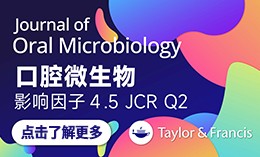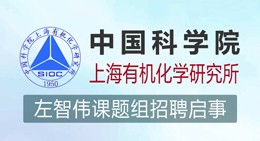Geoscience Frontiers ( IF 8.9 ) Pub Date : 2021-01-09 , DOI: 10.1016/j.gsf.2021.101140 Jiang Zhu , Zhaochong Zhang , M. Santosh , Shucheng Tan , Yinan Deng , Qiuhong Xie

|
Massive gas emissions (e.g., CO2, CH4 and SO2) during the formation of large igneous provinces (LIPs) have been suggested as the primary cause of dramatic climatic change and the consequent ecological collapses and biotic crises. Thermogenic carbon of crustal sediments induced by intrusive magmatism throughout the LIPs is considered as the primary trigger for environmental catastrophe including mass extinction, as illustrated in the case of the Emeishan LIP in Southwest China. Here we evaluate the Emeishan LIP to address the causal link between carbon degassing and environmental crises during the end-Guadalupian of Middle Permian. An assessment of the carbon flux degassed from recycled oceanic crust in the Emeishan plume shows that recycled oceanic crust contributed significantly to the carbon flux. Using evidence from carbonate carbon isotopic records at the Gualupian-Lopingian (G-L) boundary stratotype at Penglaitan of South China, our study suggests that carbon degassed from massive recycled components in the Emeishan plume served as a major end-Guadalupian (Middle Permian) carbon isotope excursion. The model based on the Emeishan LIP also offers new insights into the important role of recycled carbon released from other LIPs in climatic change and mass extinctions, as in the cases of the end-Permian Siberian and end-Cretaceous Deccan Traps. Our work highlights that carbon released from subducted slabs is returned to the atmosphere via upwelling mantle plumes, which could drive global climatic change and mass extinction.



























 京公网安备 11010802027423号
京公网安备 11010802027423号